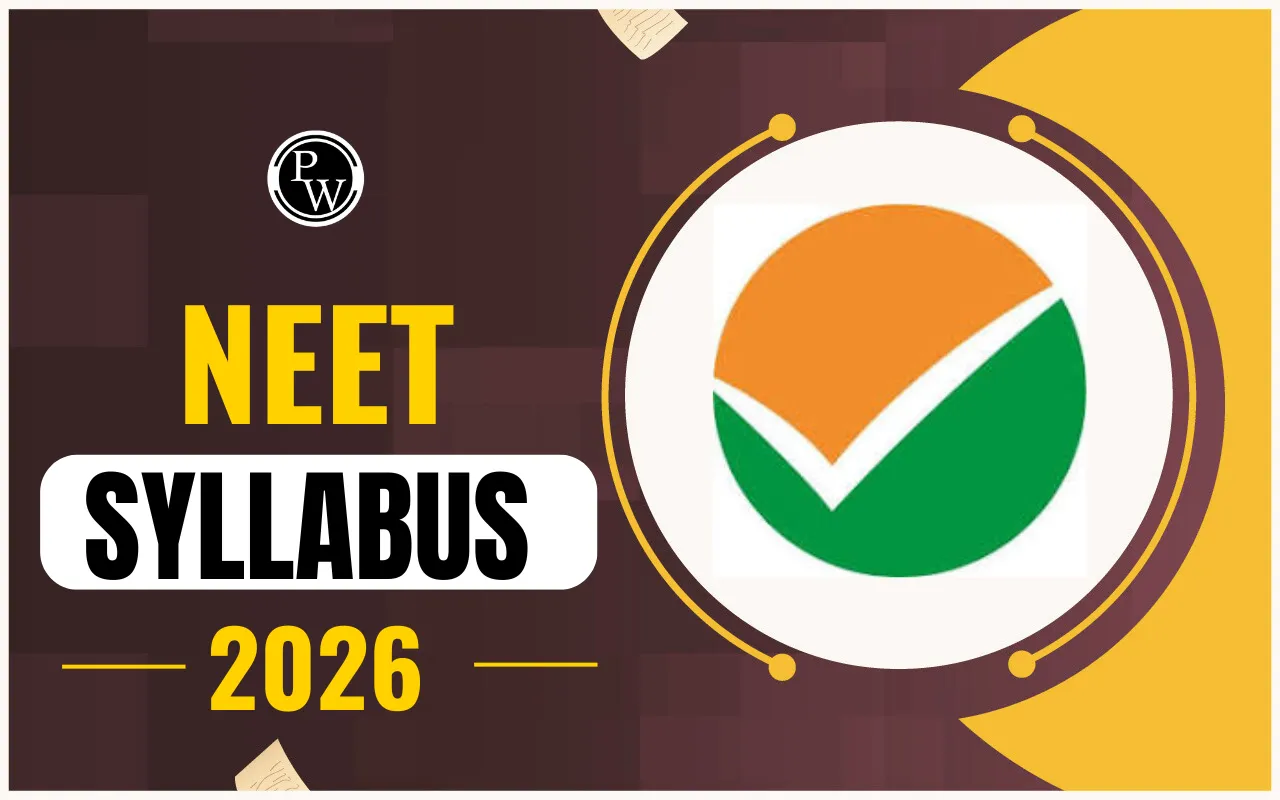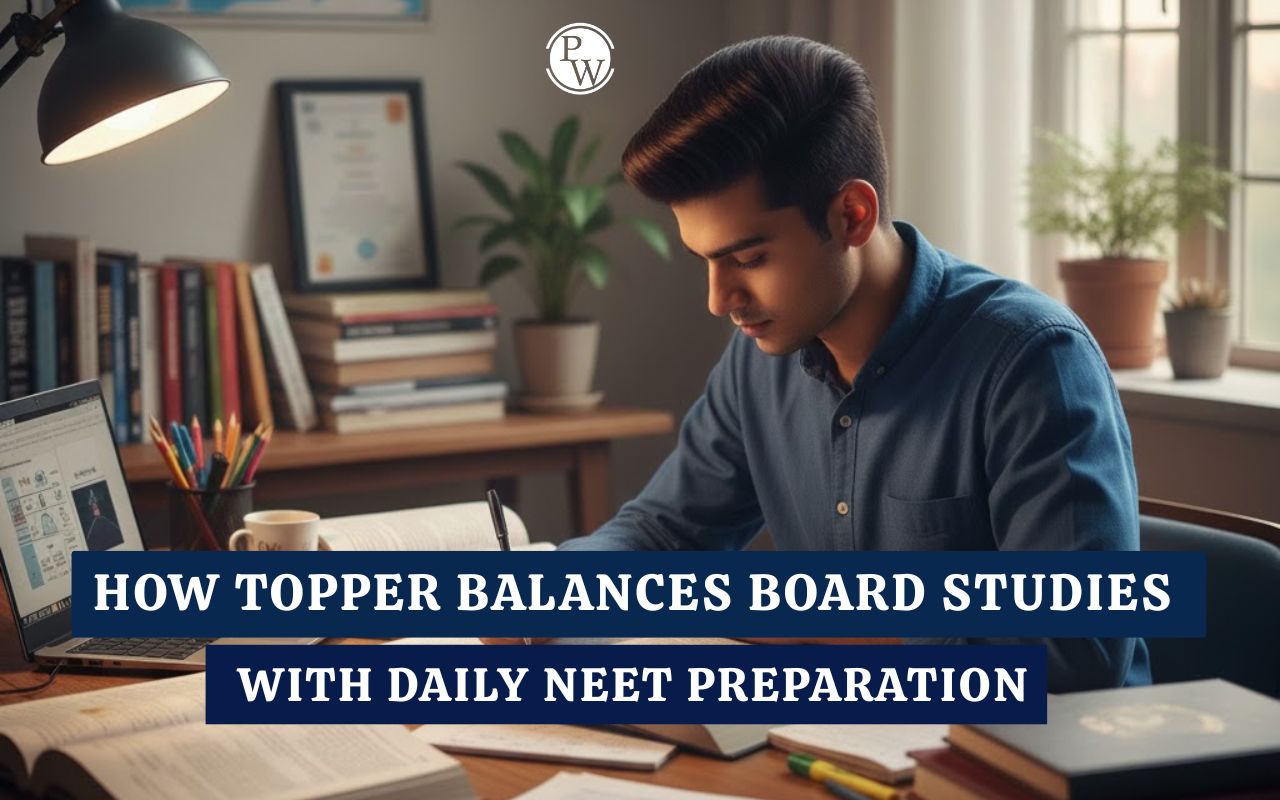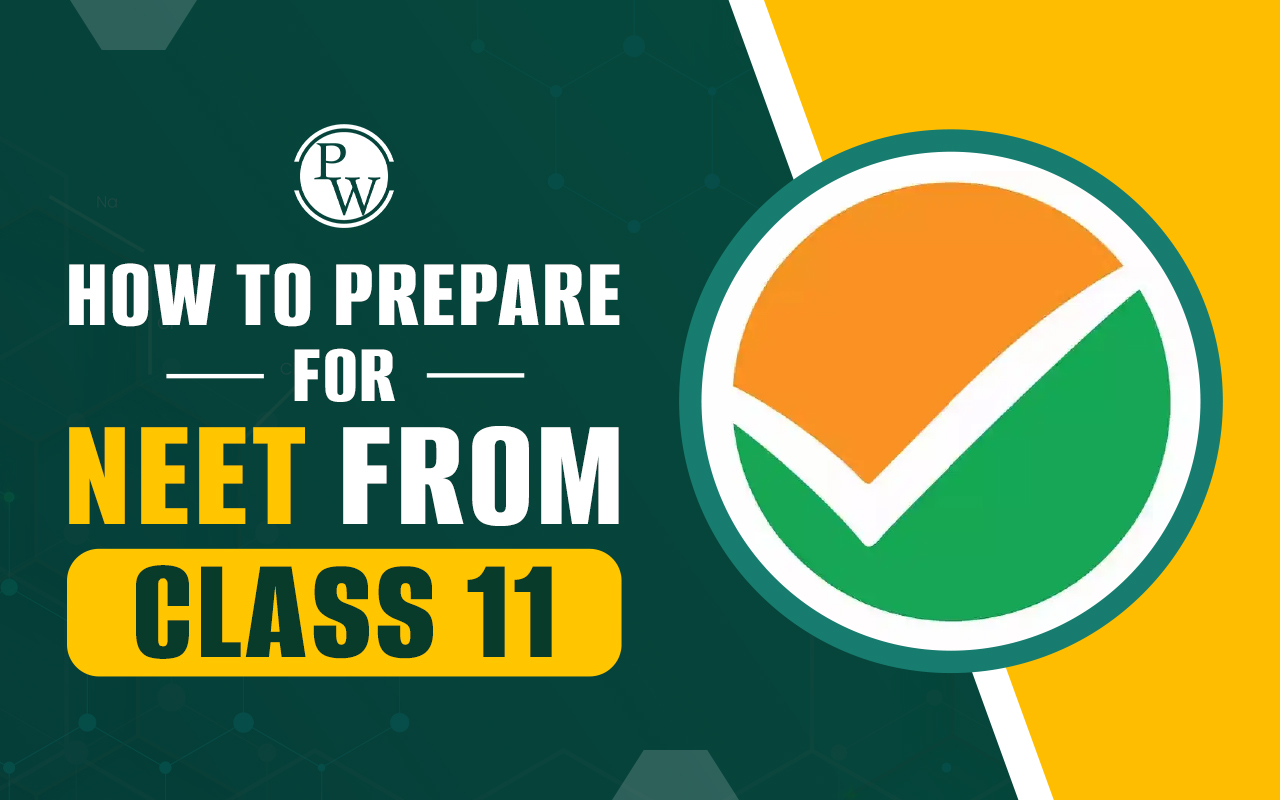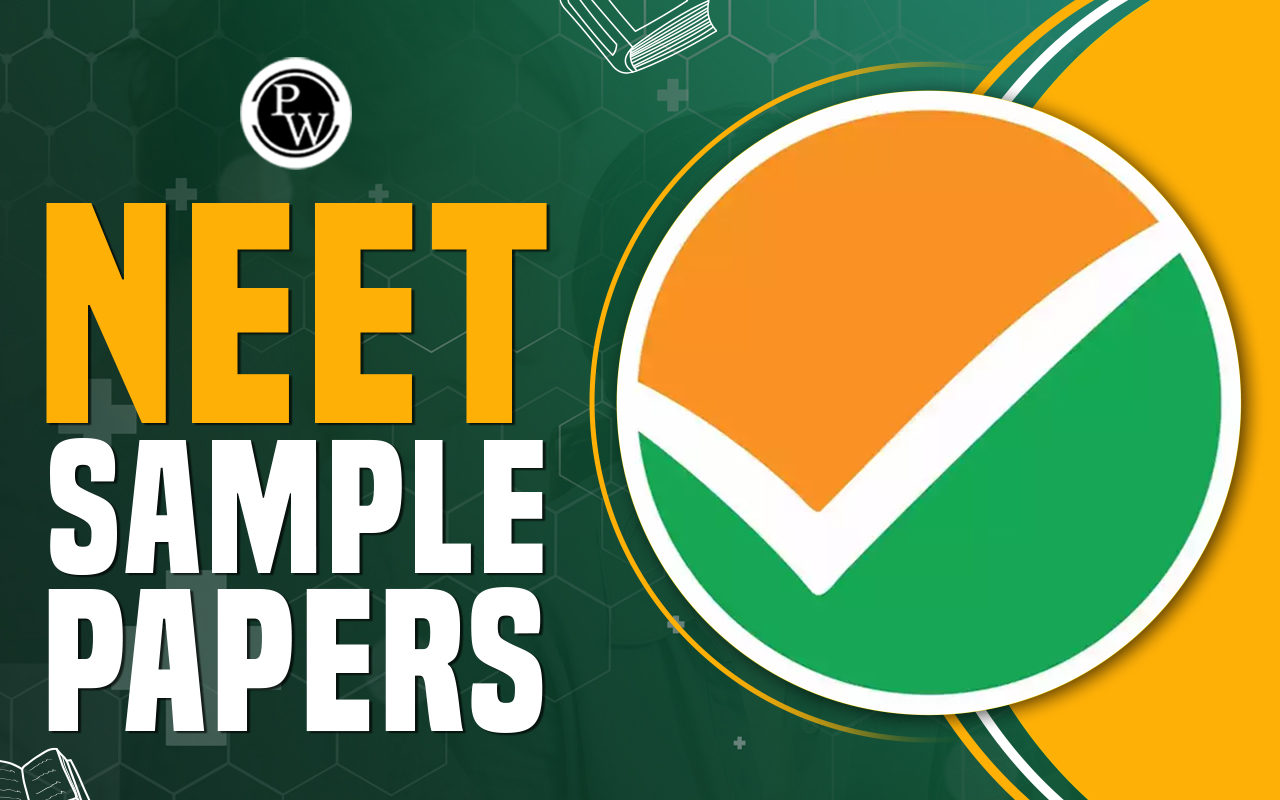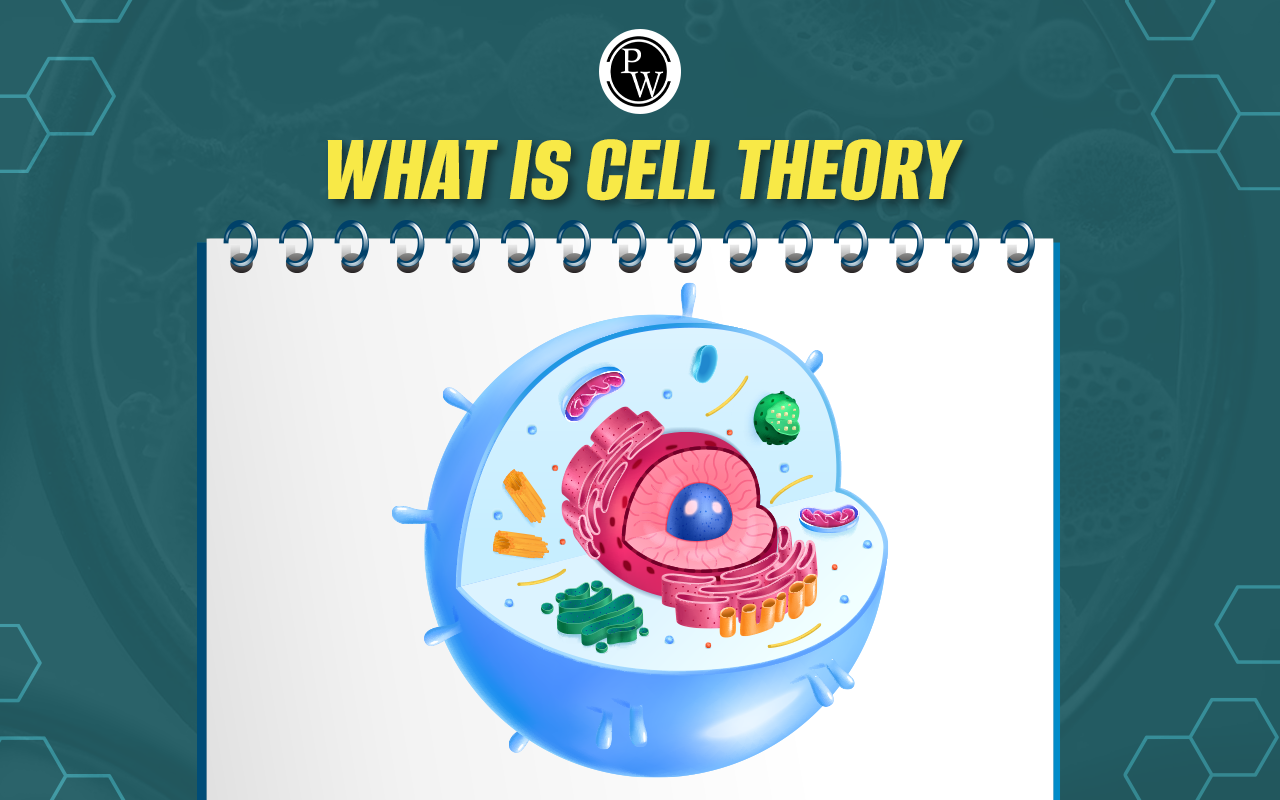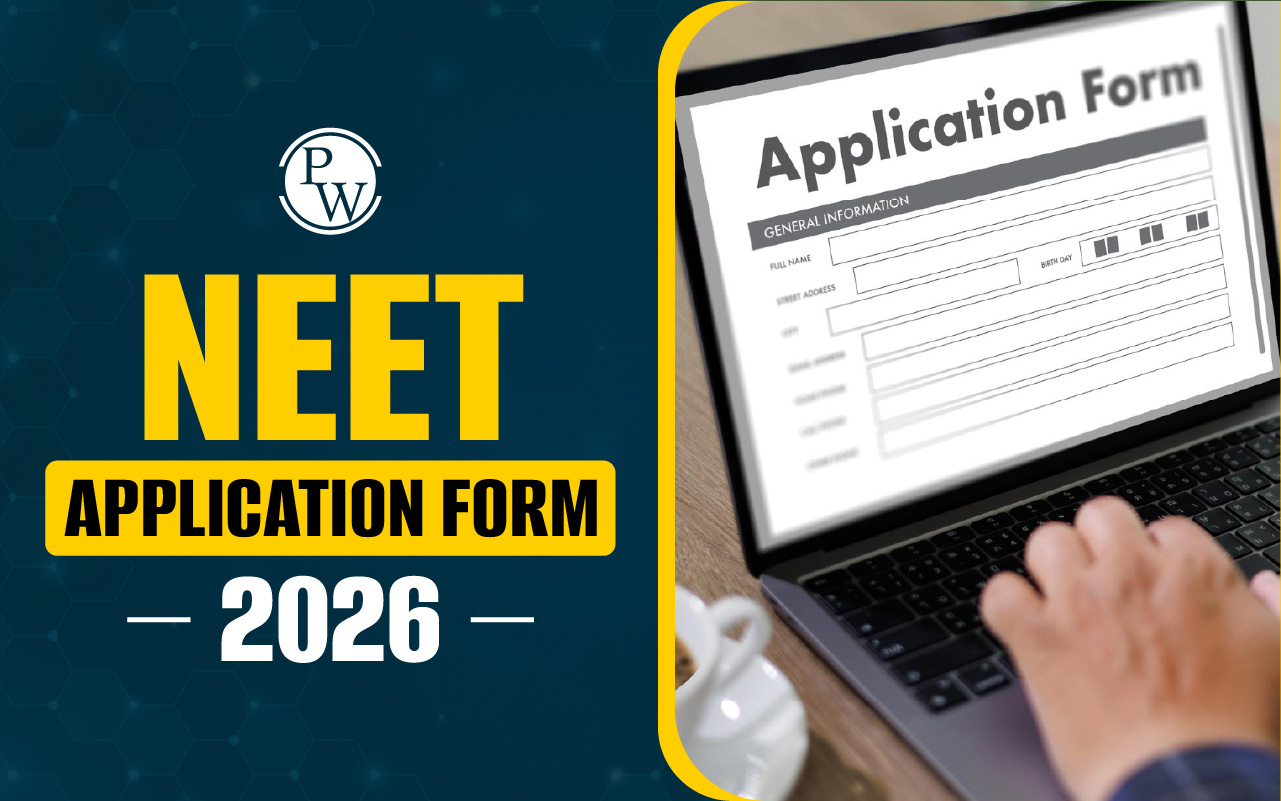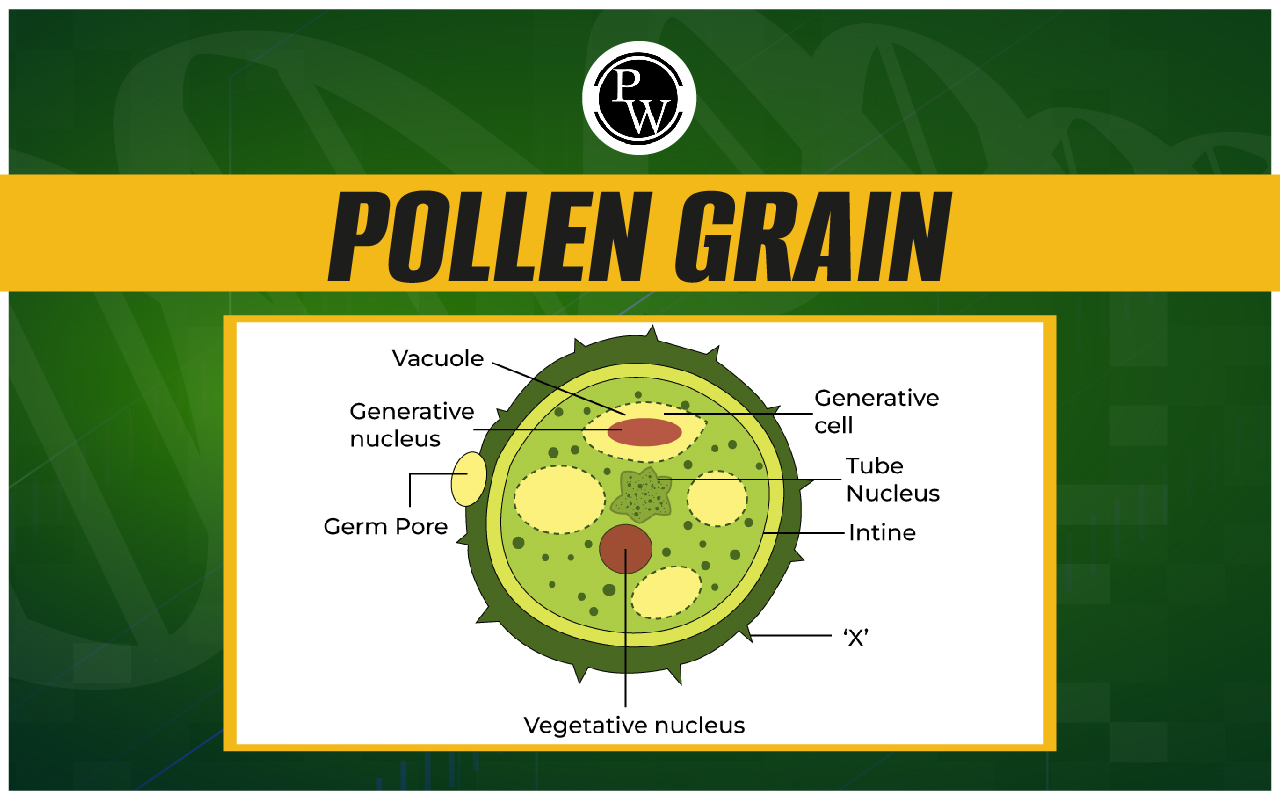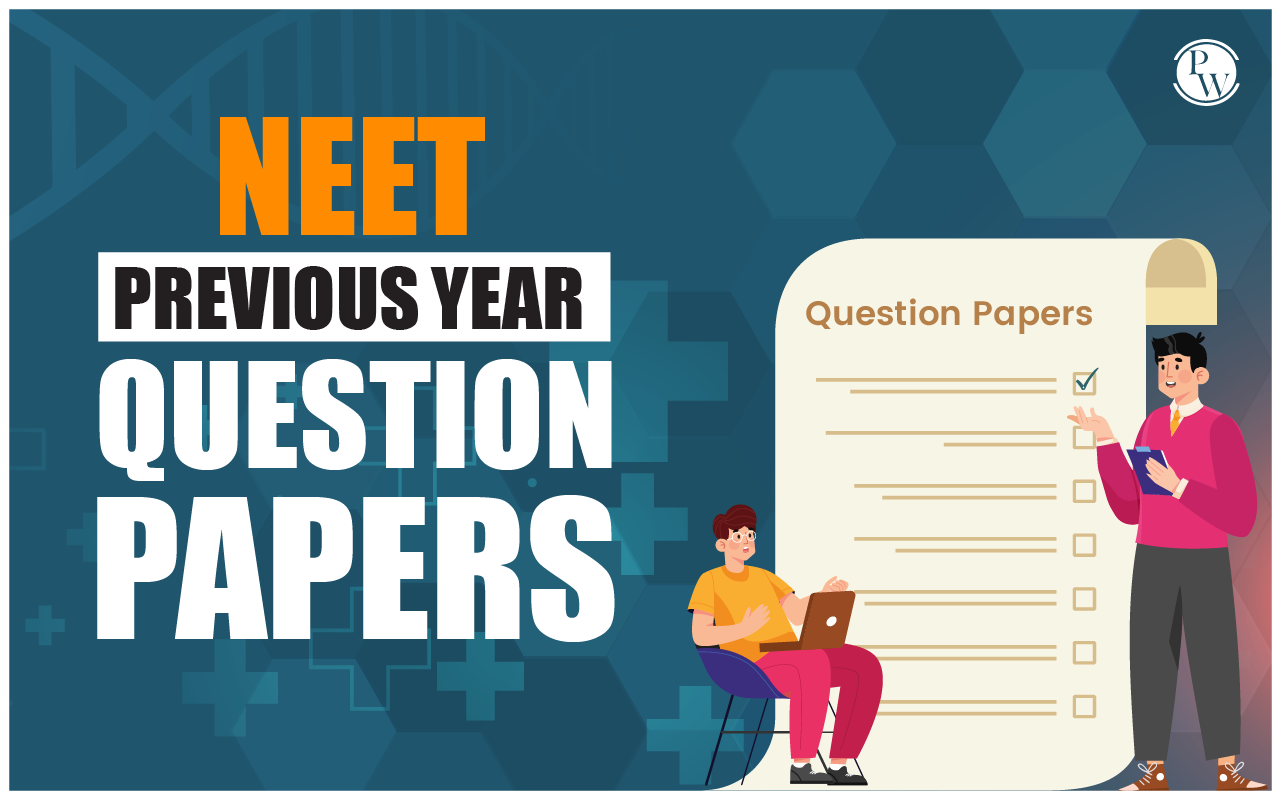
Chemical Bonding and Molecular Structure MCQs: Class 11 Chemistry Chapter 4, which covers Chemical Bonding and Molecular Structure, is essential for learning key concepts of the NEET Chemistry Syllabus and doing well on the NEET exam. Chemical bonding and molecular structure MCQs class 11 and their answers are very useful. They help students check their understanding and improve their basic concepts of chemical bonding and molecular structure.
By practicing these MCQs on Chemical Bonding and Molecular Structure with answers, students can better understand the material, improve their problem-solving skills, and perform better in both Class 11 exams and competitive tests like NEET. This article provides a list of MCQs on Chemical Bonding and Molecular Structure, showing how they can help students better understand Chapter 4 of Class 11 Chemistry and prepare effectively for NEET.Chemical Bonding and Molecular Structure MCQs
MCQs on Chemical Bonding and Molecular Structure are essential for students at different educational levels. Practicing these questions, whether for Class 11 exams or competitive tests like NEET, enhances understanding, improves problem-solving skills, and boosts exam performance. Using resources such as MCQs with answers and short notes helps students prepare effectively and achieve success in their chemistry studies. Using MCQs on Chemical Bonding with Answers Class 11 provides a significant advantage for exam preparation. These MCQs with answers offer immediate feedback, helping students understand each answer. Engaging with chemical bonding and molecular structure MCQs with answers ensures that students can solidify their understanding and better prepare for their exams.Also Check:
Chemical Bonding and Molecular Structure MCQs Class 11
In Class 11 Chemistry Chapter 4, Chemical Bonding and Molecular Structure, students solve various MCQ questions that test their understanding of the chapter. MCQs on Chemical Bonding and Molecular Structure with answers are designed to check knowledge of important ideas like ionic and covalent bonds, bond polarity, and molecular geometry. Chemical bonding and molecular structure MCQs NEET help strengthen what they have learned and provide answers on how to use the concepts correctly. By practicing chemical bonding and molecular structure MCQs for Class 11, students can improve their grasp of the basic concepts and do well in their academic tests.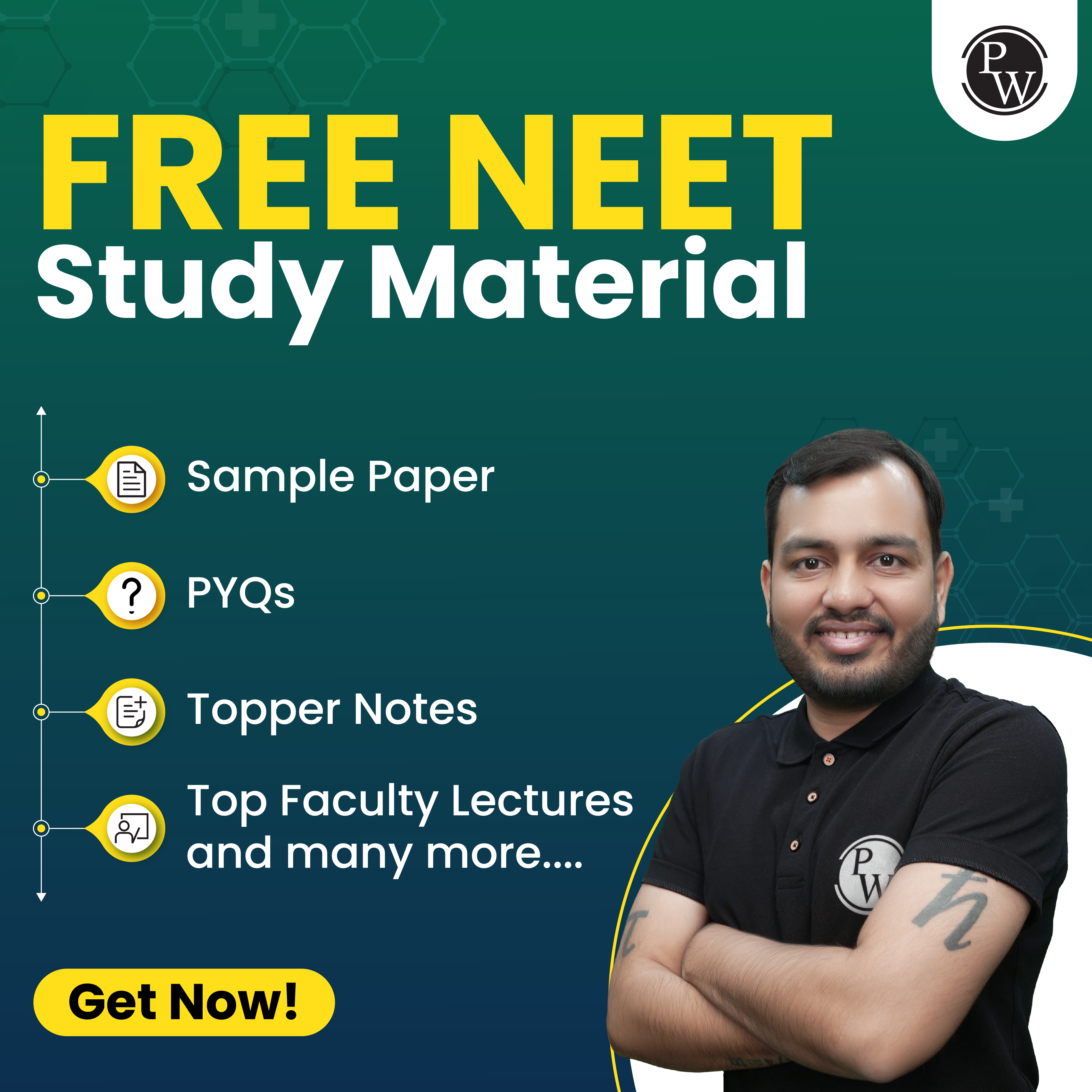
Chemical Bonding and Molecular Structure MCQs NEET with Answers
For NEET preparation, chemical bonding and molecular structure MCQs for NEET are meant to test students' deeper understanding of chemical principles. These questions are often more complex than the standard Class 11 questions and may require a more advanced application of bonding and molecular structure concepts. To do well in NEET, students should regularly practice chemical bonding and molecular structure MCQs that reflect the exam’s difficulty. Practicing these questions helps students prepare for the problems they will face in the exam and improves their ability to handle challenging questions effectively. Additionally, students should review the NEET Chemistry Chapter-wise weightage to understand the importance of different topics in the exam.Q 1. The ionic bonds X+Y– are formed when;
(i) The electron affinity of Y is high.
(ii) ionization energy of X low.
(iii) The lattice energy of XY is high.
(iv) The lattice energy of XY is low.
(1) (i) and (ii) (2) (ii) and (iii) (3) (i), (ii) and (iii) (4) (i), (ii), (iii) and (iv)Ans. 3
Q 2. A highly ionic compound is formed by the combination of elements belonging to;
(1) IA group and VIIA group. (2) IIA group VIA group. (3) IIIA group and VA group. (4) ‘O’ group and VIIA group.Ans. 1
Q 3. Potassium forms a highly ionic compound when it combines with;
(1) chlorine. (2) fluorine. (3) bromine. (4) iodine.Ans. 2
Q 4. Which type of chemical bond involves the transfer of electrons from one atom to another?
(1) Covalent (2) Ionic (3) Metallic (4) HydrogenAns. 2
Q 5. An ionic compound A+B– is most likely to be formed when;
(1) the ionization energy of A high and the electron affinity of B is low. (2) the ionization energy of A is low and the electron affinity of B is high. (3) both the ionization energy of A and the electron affinity of B are high. (4) both the ionization energy of A and the electron affinity of B are low.Ans. 2
Q 6. Which of the following is a favorable factor for cation formation?
(1) Low ionization potential (2) High electron affinity (3) High electronegativity (4) Small atomic sizeAns. 1
Q 7. How do covalent bonds differ from ionic bonds in terms of electron interaction?
(1) Covalent bonds involve the transfer of electrons, while ionic bonds involve electron sharing. (2) Covalent bonds involve electron sharing, while ionic bonds involve the transfer of electrons. (3) Covalent bonds and ionic bonds both involve electron transfer. (4) Covalent bonds and ionic bonds are identical in electron behavior.Ans. 2
Q 8. Identify the favorable conditions for the formation of ionic bonds.
(1) Low IP value of metal, low EA value of non-metal. (2) High IP value of metal, high EA value of non-metal. (3) High IP value of metal, low IP value of non-metal. (4) Low IP value of metal, high EA value of non-metal.Ans. 4
Q 9. Statement I: NaCl is more ionic than NaI.
Statement II: Chlorine is more electronegative than iodine.
(1) Statement-I and Statement-II both are correct. (2) Statement I is correct but Statement II is incorrect. (3) Statement I is incorrect but Statement II is correct. (4) Statement-I and Statement-II both are incorrect.Ans. 1
Q 10. Statement I: Magnesium combines with fluorine to form MgF2.
Statement II: Oppositely charged ions are attracted to each other by electrovalent bonds.
(1) Statement-I and Statement-II both are correct. (2) Statement I is correct but Statement II is incorrect. (3) Statement I is incorrect but Statement II is correct. (4) Statement-I and Statement-II both are incorrect.Ans. 4
Q 11. An electrovalent compound does not exhibit space isomerism because of;
(1) presence of oppositely charged ions. (2) high melting points. (3) non-directional nature of the bond. (4) crystalline nature.Ans. 3
Q 12. Statement-I: Ionisation enthalpy is always positive.
Statement II: Energy is always required when electrons are removed.
(1) Statement-I and Statement-II both are correct. (2) Statement I is correct but Statement II is incorrect. (3) Statement I is incorrect but Statement II is correct. (4) Statement-I and Statement-II both are incorrect.Ans. 1
Q 13. Assertion (A): Ionic compounds tend to be non-volatile.
Reason (R): Intermolecular forces in these compounds are weak.
(1) Both Assertion (A) and Reason (R) are true and Reason (R) is the correct explanation of Assertion (A). (2) Both Assertion (A) and Reason (R) are true but Reason (R) is not the correct explanation of Assertion (A). (3) Assertion (A) is true and Reason (R) is false. (4) Assertion (A) is false and Reason (R) is true.Ans. 3
Q 14. Assertion (A): Water is a good solvent for ionic compounds but a poor one for covalent compounds.
Reason (R): The hydration energy of ions releases sufficient energy to overcome lattice energy and break hydrogen bonds in water while covalently bonded compounds interact so weakly that even Van der Waals’ forces between molecules of covalent compounds cannot broken.
(1) Both Assertion (A) and Reason (R) are true and Reason (R) is the correct explanation of Assertion (A). (2) Both Assertion (A) and Reason (R) are true but Reason (R) is not the correct explanation of Assertion (A). (3) Assertion (A) is true and Reason (R) is false. (4) Assertion (A) is false and Reason (R) is true.Ans. 1
Q 15. The lattice energies of KF, KCl, KBr, and KI follow the order;
(1) KF > KCl > KBr > KI (2) KI > KBr > KCl > KF (3) KF > KCl > KI > KBr (4) KI > KBr > KF > KClAns. 1
Q 16. The order of increasing lattice energy of the following salt is;
(1) NaCl < CaO < NaBr < BaO (2) NaBr < NaCl < BaO < CaO (3) NaCl < NaBr < BaO < CaO (4) NaBr < NaCl < CaO < BaOAns. 2
Q 17. Arrange the following in increasing order of lattice energy. LiCl, NaCl, KCl, RbCl, CsCl
(1) CsCl < RbCl < KCl < NaCl < LiCl (2) LiCl < RbCl < KCl < NaCl < CsCl (3) LiCl < NaCl < KCl < RbCl < CsCl (4) None of theseAns. 1
Q 18. Which of the following has maximum lattice energy?
(1) LiF (2) CsCl (3) KBr (4) NaClAns. 1
Q 19. Arrange the following in increasing order of lattice energy. LiF, LiCl, LiBr, LiI
(1) LiI < LiBr < LiCl < LiF (2) LiF > LiBr > LiCl < LiI (3) LiF > LiCl > LiBr < LiI (4) None of theseAns. 1
Q 20. Which of the following is not a characteristic of a covalent compound?
(1) Low melting point (2) No definite geometry (3) Insoluble in polar solvent (4) Small difference in electronegativity between the combining atomsAns. 2
Q 21. Assertion (A): In graphite, on increasing the temperature the conductivity decreases along the layers of carbon atoms.
Reason (R): Graphite cleaves easily because the force of attraction between the layers is a weak Van der Waals force.
(1) Both Assertion (A) and Reason (R) are true and Reason (R) is the correct explanation of Assertion (A). (2) Both Assertion (A) and Reason (R) are true but Reason (R) is not the correct explanation of Assertion (A). (3) Assertion (A) is true and Reason (R) is false. (4) Assertion (A) is false and Reason (R) is true.Ans. 2
Q 22. Indicate the nature of bonding in a diamond.
(1) Ionic (2) Covalent (3) Molecular (4) MetallicAns. 2
Q 23. The sulphur compound in which the sulphur atom has an octet configuration in its valence shell, among the following is;
(1) sulphur trioxide. (2) sulphur hexafluoride. (3) sulphur dichloride. (4) sulphur dioxide.Ans. 3
Q 24. Which one of the following elements will never obey the octet rule?
(1) Na (2) F (3) S (4) HAns. 4
Q 25. Assertion (A): Sodium chloride formed by the action of chlorine gas on sodium metal is a stable compound.
Reason (R): This is because sodium and chloride ions acquire octet in sodium chloride formation.
(1) Both Assertion (A) and Reason (R) are true and Reason (R) is the correct explanation of Assertion (A). (2) Both Assertion (A) and Reason (R) are true but Reason (R) is not the correct explanation of Assertion (A). (3) Assertion (A) is true and Reason (R) is false. (4) Assertion (A) is false and Reason (R) is true.Ans. 1
Q 26. The formal charge on the carbon atom in carbonate ion is;
(1) +1 (2) –1 (3) +4 (4) ZeroAns. 4
Q 27. Resonating structures have different;
(1) atomic arrangements. (2) electronic arrangements. (3) function groups. (4) alkyl groups.Ans. 2
Q 28. Assertion (A): The energy of resonance hybrid is equal to the average of energies of all canonical forms.
Reason (R): Resonance hybrid cannot be presented by a single structure.
(1) Both Assertion (A) and Reason (R) are true and Reason (R) is the correct explanation of Assertion (A). (2) Both Assertion (A) and Reason (R) are true but Reason (R) is not the correct explanation of Assertion (A). (3) Assertion (A) is true and Reason (R) is false. (4) Assertion (A) is false and Reason (R) is true.Ans. 4
Q 29. Statement-I: Bond energy has an order like C-C<C=C<C≡C.
Statement II: Bond energy increases with an increase in bond order. (1) Statement-I and Statement-II both are correct. (2) Statement I is correct but Statement II is incorrect. (3) Statement I is incorrect but Statement II is correct. (4) Statement-I and Statement-II both are incorrect.Ans. 1
Q 30. Which one of the following bonds has the highest average bond energy?
(1) S = O (2) C ≡ C (3) C ≡ N (4) N ≡ NAns. 4
Q 31. Which is the correct order of bond energy of single, double, and triple bonds between carbon atoms?
(1) C = C > C ≡ C > C – C (2) C – C > C = C > C ≡ C (3) C ≡ C > C – C > C = C (4) C ≡ C > C = C > C – CAns. 4
Q 32. Which of the following molecules has the shortest C-H bond?
(1) Ethene (2) Ethane (3) Ethyne (4) MethaneAns. 3
Q 33. Assertion (A): As the number of bonds between two atoms increases, bond length increases.
Reason (R): Bond length order between two carbon atoms is C – C > C = C > C ≡ C
(1) Both Assertion (A) and Reason (R) are true and Reason (R) is the correct explanation of Assertion (A). (2) Both Assertion (A) and Reason (R) are true but Reason (R) is not the correct explanation of Assertion (A). (3) Assertion (A) is true and Reason (R) is false. (4) Assertion (A) is false and Reason (R) is true.Ans. 4
Q 34. The bond angle in water is;
(1) 120° (2) 109.5° (3) 107° (4) 104.5°Ans. 4
Q 35. With increasing bond order, the strength of a bond;
(1) remains unaltered. (2) decreases. (3) increases. (4) None of theseAns. 3
Q 36. The shape of the formaldehyde molecule as per the VSEPR theory is;
(1) linear. (2) trigonal planar. (3) pyramidal. (4) tetrahedron.Ans. 2
Q 37 Predict the correct order among the following.
(1) Lone pair – bond pair > bond pair-bond pair > lone pair – lone pair (2) Lone pair – lone pair > lone pair-bond pair > bond pair-bond pair (3) Lone pair – lone pair > bond pair-bond pair > lone pair-bond pair (4) Bond pair – bond pair > lone pair-bond pair > lone pair – lone pairAns. 2
Q 38. A hybrid orbital formed from s- and p-orbital can contribute to;
(1) σ bond only. (2) π bond only. (3) Either σ or π bond (4) Cannot be predictedAns. 1
Q 39. Indicate the wrong statement, according to valence bond theory;
(1) a sigma bond is stronger than a π bond. (2) p-orbitals always have only sidewise overlapping. (3) s-orbitals never form π bonds. (4) there can be only one sigma bond between two atoms.Ans. 2
Q 40. The orbital overlapping is maximum in;
(1) Cl2 (2) HI (3) HCl (4) HBrAns. 1
Q 41. In which of the following, p-p orbital overlapping is present?
(1) Hydrogen chloride (2) Hydrogen (3) Chlorine (4) Hydrogen bromideAns. 3
Q 42. A pi bond is formed by the overlapping of;
(1) p - p orbitals along their axis. (2) s - p orbitals along the axis of p-orbital. (3) p - p orbitals perpendicular to their axis. (4) s - s orbitals.Ans. 3
Q 43. Which of the following is not correct?
(1) A sigma bond is weaker than a pi bond. (2) A sigma bond is stronger than a pi bond. (3) A double bond is stronger than a single bond. (4) A double bond between two atoms is shorter than a single bond between the same atoms.Ans. 1
Q 44. Which one of the following is an incorrect statement?
(1) A pi bond is formed when a sigma already exists. (2) A pi bond may be formed by the overlapping of p- or d-orbitals. (3) A pi bond is formed by the overlapping of hybrid orbitals. (4) A pi bond is formed by the lateral overlapping of atomic orbitals.Ans. 3
Q 45. The valence bond theory of Pauling and Slater accounts for _______ characteristics of covalent bonds.
(1) directional (2) ionic (3) strength (4) hybridAns. 1
Q 46. The shape of the molecule is decided by;
(1) sigma bonds. (2) pi bonds. (3) both sigma and pi bonds. (4) neither sigma nor pi bonds.Ans. 1
Q 47. The strength of bonds by 2s-2s, 2p-2p, 2s-2p, overlap has the order;
(1) 2p-2p > 2s-2s > 2s-2p (2) 2p-2p > 2s-2p > 2s-2s (3) 2s-2s > 2s-2p > 2p-2p (4) 2s-2p > 2s-2s > 2p-2pAns. 2
Q 48. Sidewise overlap of p-p orbitals forms;
(1) sigma bond. (2) pi bond. (3) coordinate bond. (4) H-bond.Ans. 2
Q 49. Choose the correct order of bond strength by overlapping atomic orbitals.
(1) 1s – 1s > 1s – 2s > 1s – 2p (2) 2s – 2s > 2s – 2p > 2p – 2p (3) 2s – 2p > 2s – 2s > 2p – 2p (4) 1s – 1s > 1s – 2p > 1s – 2sAns. 4
Q 50. Fluorine molecule is formed by;
(1) the axial p-p overlap. (2) the sidewise p-p overlap. (3) the axial s-p overlap. (4) the overlap of two sp2 hybrid orbitals.Ans. 1
Q 51. According to valence bond theory, the sharing of electrons during the formation of a covalent bond results from the ______ of orbitals from two reacting atoms.
(1) addition (2) subtraction (3) both (1) and (2) (4) overlapAns. 4
Q 52. Assertion (A): σ is stronger while π is a weak bond.
Reason (R): Atoms rotate freely about π bond.
(1) Both Assertion (A) and Reason (R) are true and Reason (R) is the correct explanation of Assertion (A). (2) Both Assertion (A) and Reason (R) are true but Reason (R) is not the correct explanation of Assertion (A). (3) Assertion (A) is true and Reason (R) is false. (4) Assertion (A) is false and Reason (R) is true.Ans. 3
Physics Wallah, a leading platform in India for NEET preparation, offers a variety of well-designed courses aimed at helping NEET aspirants. Known for providing high-quality NEET Online Coaching in India at affordable rates, Physics Wallah ensures students get top-notch training. Join Today.Chemical Bonding and Molecular Structure MCQs FAQs
Q. How do MCQs on chemical bonding and molecular structure benefit Class 11 students?
Q. What differentiates NEET MCQs from Class 11 MCQs in chemical bonding and molecular structure?
Q. Why are MCQs with answers important for studying chemical bonding and molecular structure?
Q. How can short notes on chemical bonding and molecular structure aid in exam preparation?
Q. What strategies should students use when practicing MCQs for chemical bonding and molecular structure?

